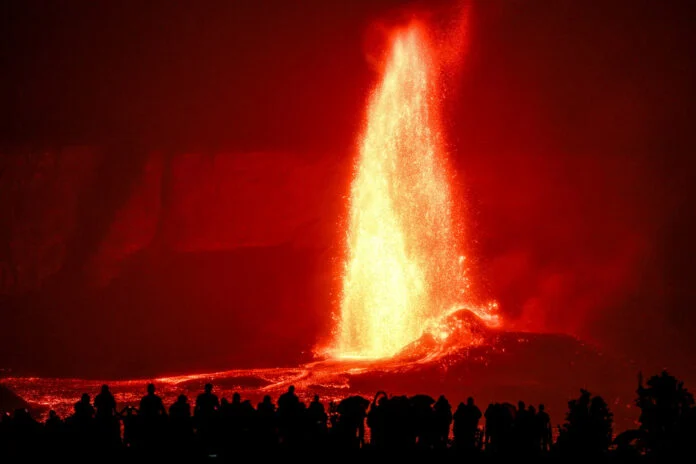In the historical conundrum of deciphering ancient languages, a singular artifact often emerges as the key, illuminating the path toward understanding the words of ancient civilizations. For the ancient Egyptian hieroglyphs, the Rosetta Stone performed this pivotal role, revealing the secret of a once-lost language. Likewise, in the pursuit of comprehending the ancient Lydian language, a specific artifact—the Sardis bilingual inscription—has proven indispensable.
Background on Lydian Language and Sardis
Lydian is an extinct language that was spoken in the region of Lydia, in western Anatolia (modern-day Turkey), during the 1st millennium BC. The Lydian civilization thrived in a period that was rich in cultural exchange, economic developments, and political intrigue. Their language, written in a unique script, remained a historical mystery for centuries due to the scarcity of comprehensive linguistic material available for study.
Sardis, the ancient capital of Lydia, where lush landscapes met burgeoning urbanization, played a significant role in unlocking the enigma of the Lydian language. The city harbored an array of inscriptions, but the Sardis bilingual inscription is particularly notable due to its crucial role in decoding the language.
The Discovery of the Sardis Bilingual Inscription
The Sardis bilingual inscription, a remarkable artifact from the 4th century BC, stands as a testament to ancient linguistic exploration. This Lydian-Aramaic funerary inscription was serendipitously unearthed in 1912 during an excavation conducted by the American Society for the Excavation of Sardis.
This remarkable find proved to be the equivalent of the "Rosetta Stone" for unlocking the mysteries of the Lydian language, a monumental breakthrough in the field of linguistics. The inscription begins with an Aramaic script and meticulously records the date as the tenth year of Artaxerxes, believed to be Artaxerxes II, placing its creation in the year 394 BC. This date is a crucial anchor for historians and scholars studying this period of history.
Today, the Sardis bilingual inscription is housed in the İzmir Archaeology Museum, where it continues to captivate visitors with its historical significance. This Aramaic inscription is cataloged as KAI 260, and its comprehensive analysis was first presented to the world in 1917 by the eminent scholar Stanley Arthur Cook.
Interestingly, the inscription was discovered in a secondary location, having been repurposed during the Greek or Roman era as a building material for a robust, low wall. This wall once graced the northern slope of the Nekropolis hill, situated to the west of the Paktolos River. Alongside this bilingual marvel, several other inscriptions were discovered, hinting at the rich tapestry of history woven into this ancient site.
This artifact, inscribed with texts in both Lydian and Aramaic languages, offered a unique comparative tool for scholars aiming to decrypt the mysterious Lydian script. Unlike Lydian, Aramaic was relatively well understood by researchers, thereby providing a comparative basis to tease apart the intricacies of the Lydian language.
Decrypting the Lydian Language
A person named Enno Littmann figured out how to understand the Lydian language by studying these writings. He looked at the two versions of the text, found the letters they used, learned some basic words, tried to translate some sentences, explained how Lydian words worked, and even noticed that some of the writings had special poetry.
Eight years later, another person named William Hepburn Buckler found 51 more of these special writings. By 1986, there were 109 of them, and a person named Roberto Gusmani studied them in detail. People still find new writings like these from time to time.
Most of the Lydian writings were discovered in or around a place called Sardis, which was the capital of Lydia. However, there are not many long writings. Most of them are just a few words or incomplete. These writings are often on materials like marble or stone, and they usually have to do with burials. Some of them are like official statements, and a few seem to be poems with a special way of writing.
The writings on tombs often start with the words "this grave." The shorter writings are usually things like drawings on walls, words on coins, seals, marks from pottery, and similar things. Sometimes, the words of a Greek poet named Hipponax from a long time ago are mixed with the Lydian words, especially the slang words that people used.
Enno Littmann: A Pioneer in Oriental Studies and Exploration
Enno Littmann (1875–1958) was a distinguished German orientalist known for his significant contributions to oriental studies. He held prominent academic positions at various universities, including Strasbourg, Göttingen, Bonn, and Tübingen. Littmann's work encompassed deciphering inscriptions in ancient languages like Palmyrene and Nabataean, as well as translating historical texts from ancient Ethiopian monuments. Notably, he translated "One Thousand and One Nights" into German. Littmann's scholarly pursuits were complemented by his adventurous spirit, leading him to explore and immerse himself in cultures such as the Tigre people in Eritrea and the Aksum expedition in Ethiopia. His legacy continues to impact the fields of linguistics, translation, and cultural understanding.
The Impact on Historical Linguistics and Studies
The Sardis bilingual inscription has significantly impacted historical linguistics and the study of ancient Anatolian civilizations. By unlocking the Lydian language, researchers have gained access to a wealth of information, not only linguistically but also with respect to the socio-cultural, economic, and political contexts of ancient Lydia. This has enabled scholars to reconstruct aspects of Lydian civilization, enhancing our understanding of their society, belief systems, and interactions with neighboring civilizations.
Furthermore, the successful deciphering of the Lydian language has broader implications for the field of historical linguistics. It exemplifies the significance of bilingual inscriptions in the reconstruction of lost languages and underlines the interconnectedness of ancient civilizations through language and writing.
In conclusion, the Sardis bilingual inscription is a luminous testament to the rich, complex history embedded in the language and script of ancient civilizations. Much like the famed Rosetta Stone, it has forged a linguistic bridge to the past, allowing contemporary scholars to converse with ancient Lydians through the remnants of their language. The Sardis bilingual inscription not only unraveled the mysteries of the Lydian language but also brought to light the potent capabilities of linguistic detective work in the continual quest to comprehend our multifaceted historical tapestry.









